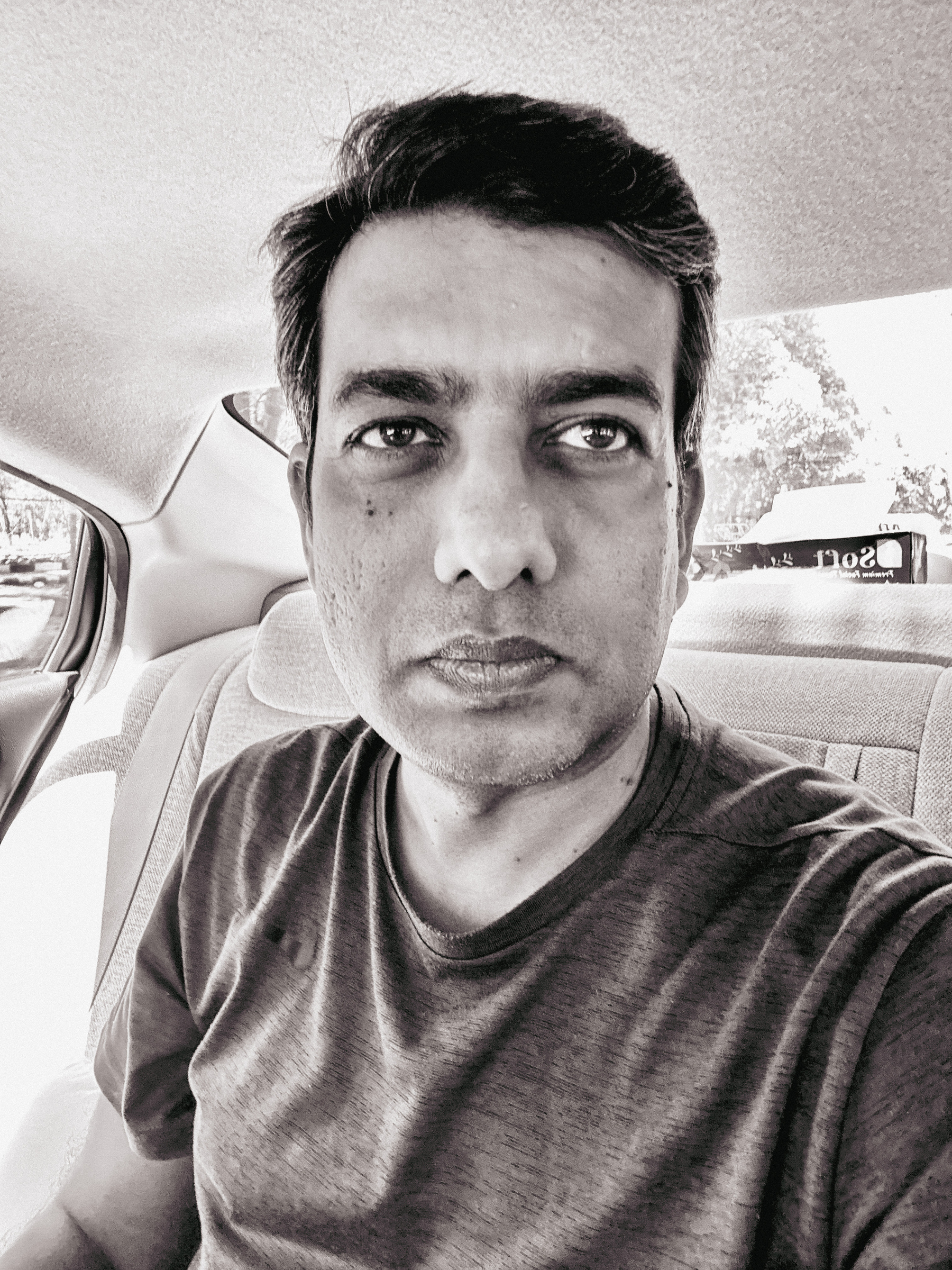The worst performance by an Indian batting lineup against spin! 3-0 at home was beyond our imagination. The coach and the captain need a lot of explanation. Well done NZ.
Diwali in Delhi becomes too much for those who are sensitive to air pollution. We are forced to get out of Delhi and celebrate this quietly in hills. And I get to click some pictures of my little one. Happy Diwali.
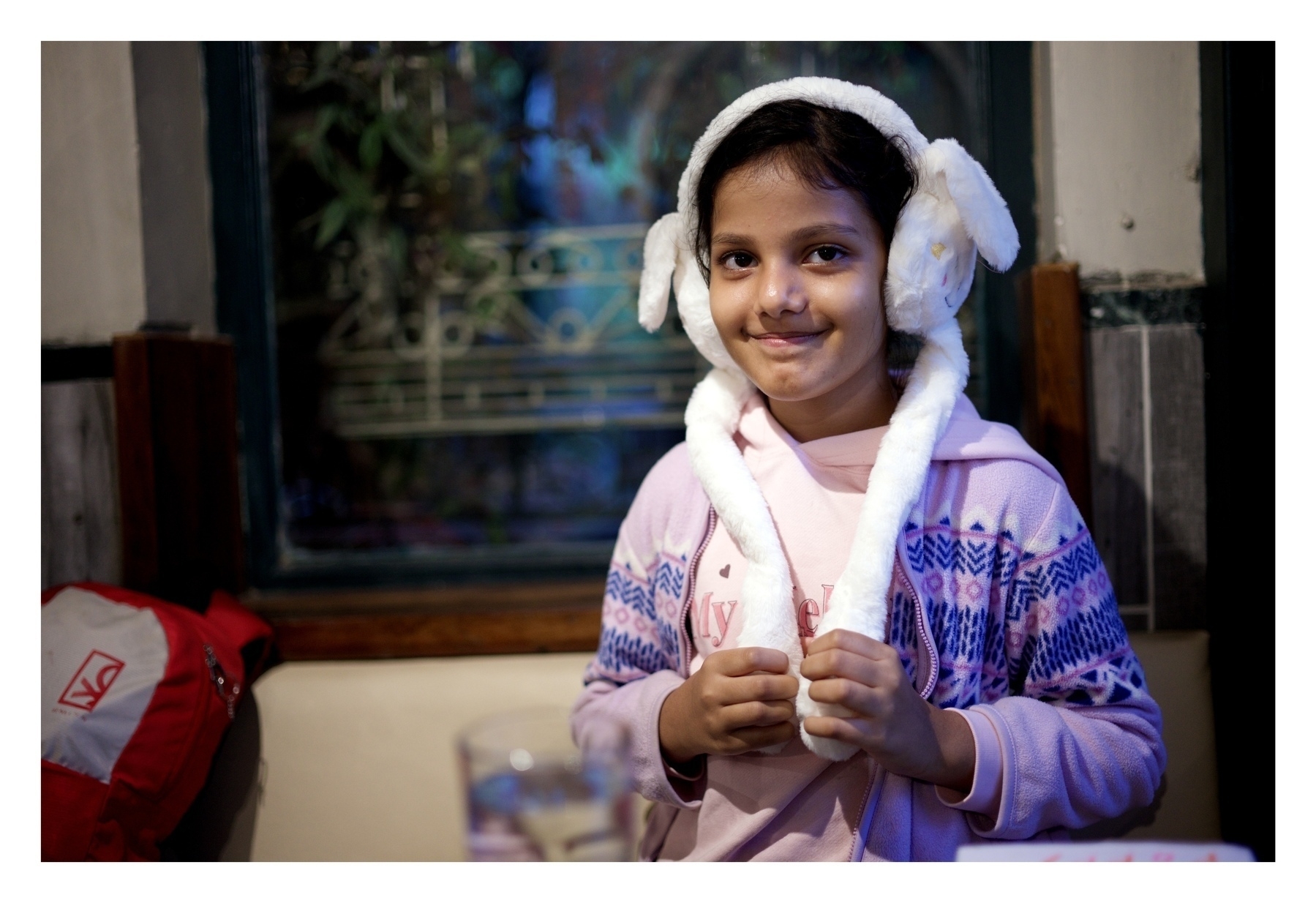
Neela Gumbad inside the Humayun’s tomb complex in New Delhi. This beautiful structure was restored recently by Aga Khan Trust for Culture. Along with the many Mughals, there are some fascinating stories buried inside this complex.
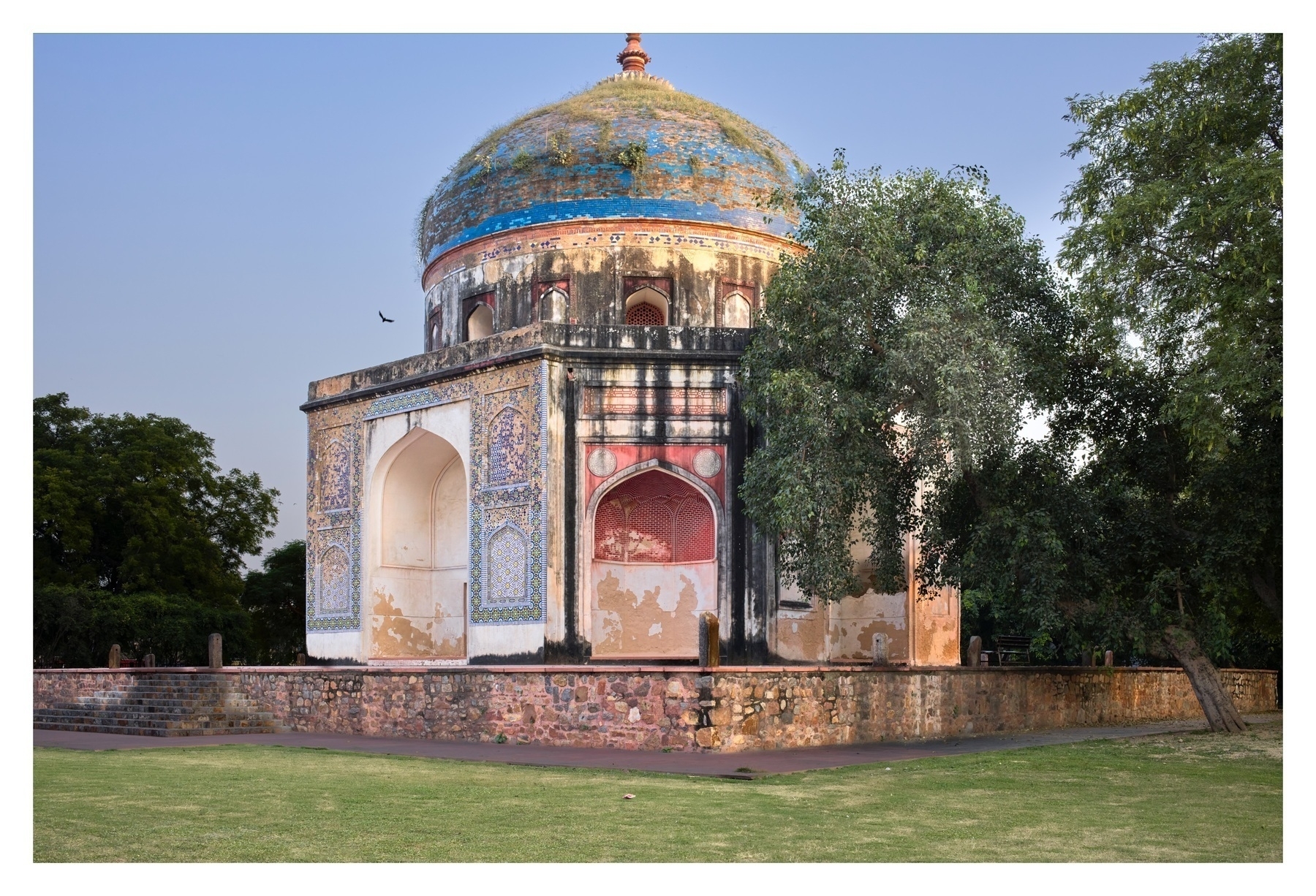
Sweet Bean Paste -Meaning of Life

“Is a life worth living even if it doesn’t seem to offer any value to anyone? This beautiful book by Durian Sukegawa (real name Tetsuya Akikawa) offers an answer in this heartwarming story of an old lady who decides to work for a dorayaki (a Japanese dessert) seller. The answer is, ‘There is meaning in every life.’
P.S. The bookmark in the picture is made by my little daughter who is in love with bookmarks and books.”
If you care for climate crisis, can you remain apolitical? #climatechange #climatecrisis
Durga Puja 2024, Saket
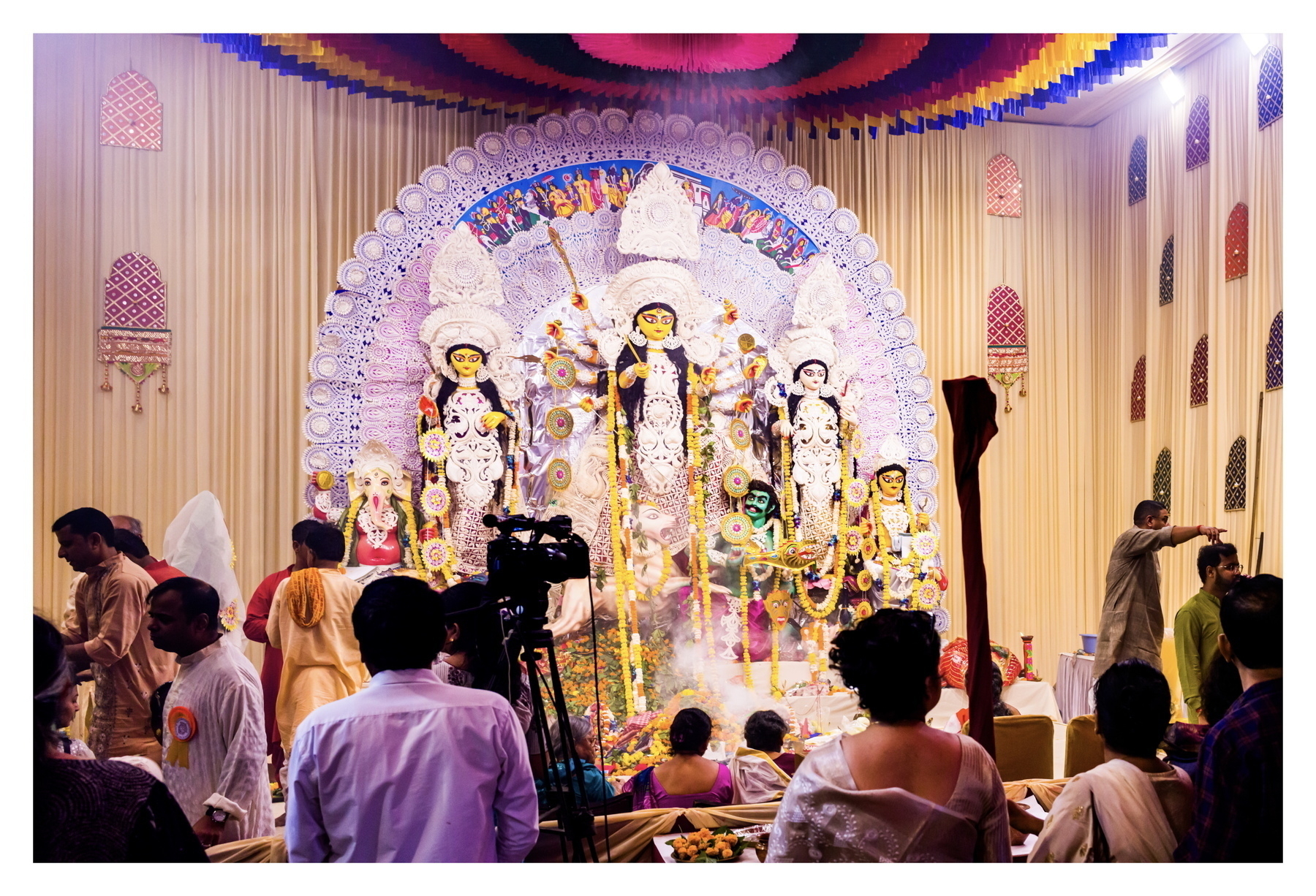
The little one exploring the photo exhibition at India Habitat Centre.
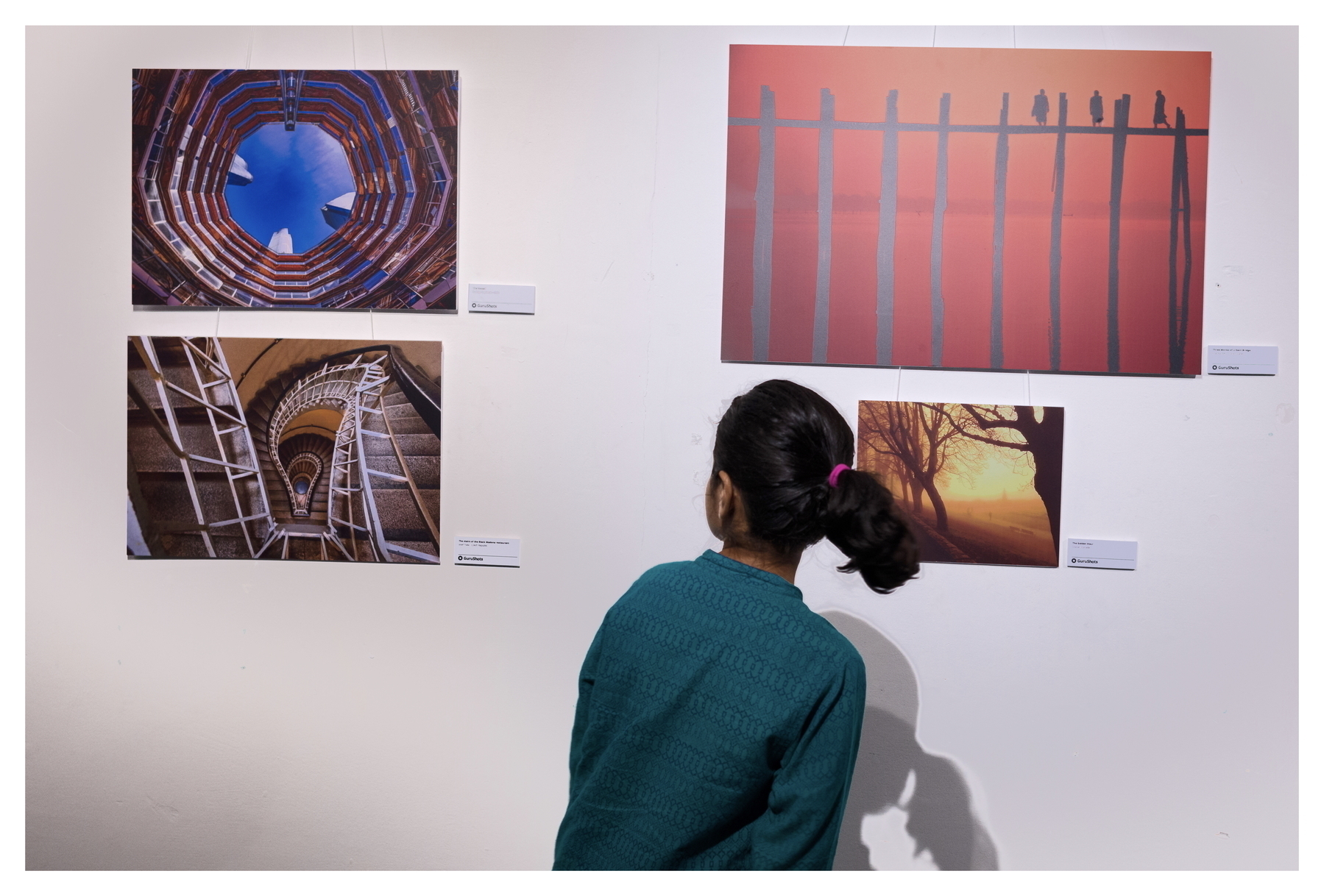
Prophet Song by Paul Lynch

Dystopian fiction has become a difficult read for me at this stage of my life. The hopelessness and suffering depicted in these stories trigger a visceral reaction that’s hard to shake off. It’s particularly difficult when my own work exposes me to a future that feels all too dystopian for many people I connect with and care for: underprivileged individuals and people with no agency.
Paul Lynch’s Prophet Song is one such book. It’s a chilling narrative that forced me to pause, take a deep breath, and remind myself that I’m reading fiction. Lynch’s Ireland is a near-future dystopia where a mother of four is left reeling after her trade unionist husband is taken by a totalitarian regime. His writing, devoid of paragraph breaks or traditional dialogue presentation, creates an immersive experience that places you directly beside the protagonist as she faces her harrowing reality.
The story begins with the arrest of Larry Stack, a teacher and union leader. His wife, Eilish, is left to cope with the increasingly dire situation as his colleagues and friends vanish one by one. Despite each day growing darker, Eilish clings to the hope that things will return to normal – that Larry will come home and her children will go back to school.
Lynch’s prose is unflinching, mirroring the protagonist’s escalating fear and despair. It’s a testament to his skill that the story resonates so deeply and the future it paints feels uncomfortably imminent.

Sweet Bean Paste is one such a sweet read. Absolutely loved this book for its simplicity, story and characters. And, it was a memorable read for some other reason as well- the beautiful bookmark created by Ameya for this book.
A rainy morning at Addis Ababa airport

After a lot of justification finally pulled the plug! Leica M-11P. And the test driving it to get used to the rangefinder focusing.
The Budding Photographer
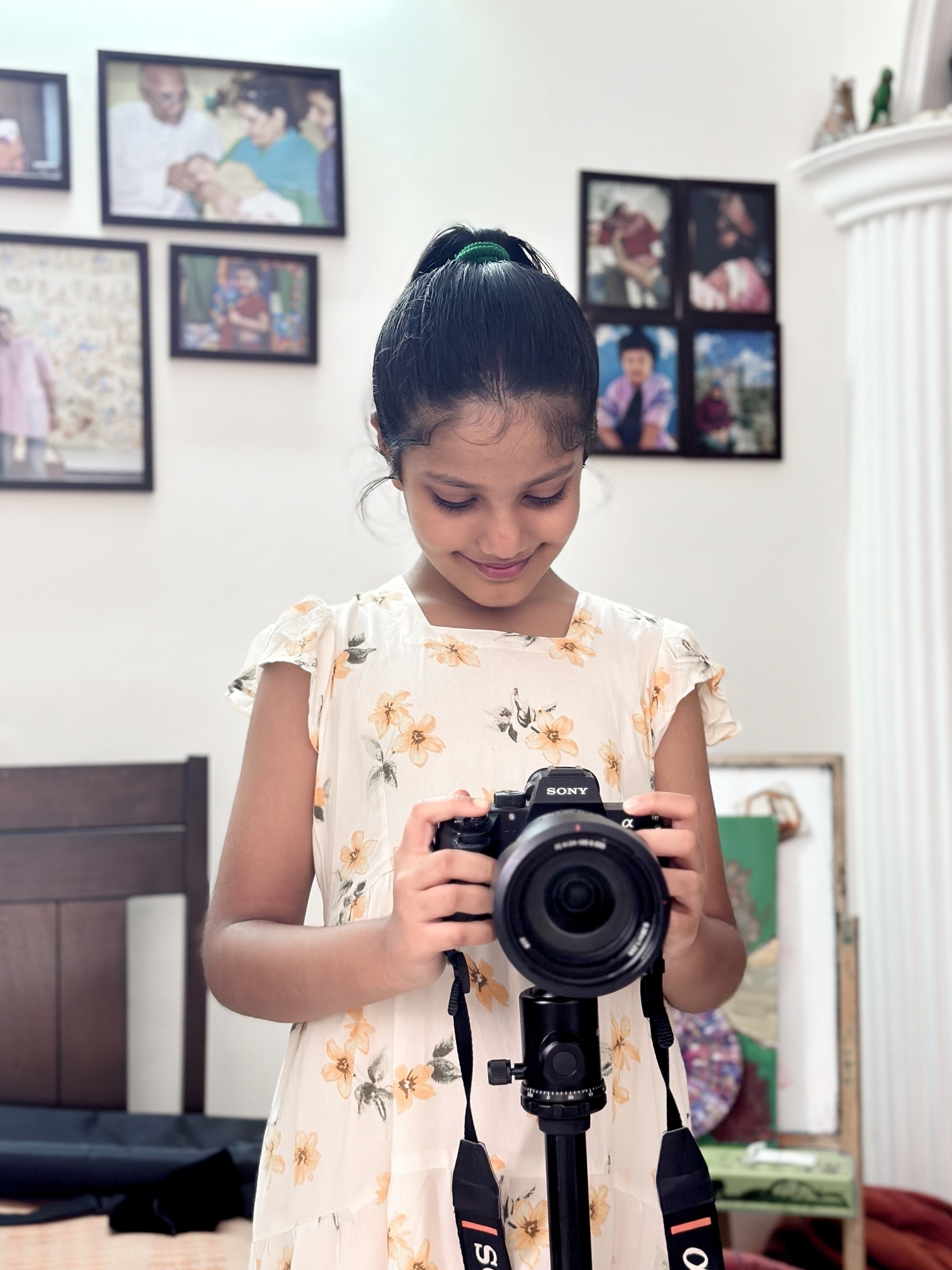
Love And Other Thought Experiments
There are several books that are often categorized as ‘genre-bending,’ but this one should be the gold standard to judge whether the term has been justifiably applied to a book. “Love and Other Thought Experiments” by Sophie Ward was longlisted for the Booker Prize in 2020, which is how it made a place in my reading list. This debut novel by Sophie Ward is a humane and beautifully crafted exploration of some painfully intriguing philosophical questions, a glimpse of the dystopian future of our planet, and a vivid landscape of human relationships. Personally, this is a novel that requires faith in the author’s capability (and the judgment of the Booker Prize jury), and once you are about halfway through the novel, it shows that your faith has been paid back.
The story starts with a couple, Rachel and Eliza, planning a baby, but Rachel believes that an ant has crawled into her mind. She is not sure if Eliza believes this, but she is sure that the ant is there inside her. Despite her apprehensions and trust issues with Rachel (that she does not believe that there is an ant inside her brain), they have a child, Arthur… and you get immersed into their life thanks to Sophie Ward’s evocative writing. But this book is not any typical fiction book as the story soon meanders into different timelines, parallel universes, dystopian sci-fi, and on the way makes us go through some of the most popular philosophical thought experiments.
Each chapter starts with a thought experiment and takes the story forward, but you never feel lost. There are some pleasant surprises as the ant and an AI also become narrators, taking the story forward. The author’s deep understanding of human emotions, relationships, and philosophy (she is an actress and holds a PhD where her research explored “thought experiments in philosophy of mind and the use of narrative in philosophy, looking at issues of consciousness and AI, and the meeting between literature and philosophy”) shines in her prose and the plot.
Personally, I really liked the integration of the ‘thought experiments’ in the plot, and it was quite rewarding to put down the book after reading a chapter and think about the connections between the thought experiments and the chapter. The following are the thought experiments/philosophical puzzles that are presented in the book:
- Pascal’s Wager: One of the most popular thought experiments where Pascal argues that we should believe in the existence of God even though there is no proof.
- Prisoner’s Dilemma: The famous game theory thought experiment that explains why we might not cooperate with each other even when it is the best option for us.
- “What Is It Like to Be a Bat?”: Nagel presented a thought experiment on the concept of consciousness in this essay. He argues that we can know all about a bat’s brain and behavior, but we will not figure out what it is like to be a bat.
- David Chalmers – Philosophical Zombies: The concept that there is more to mind than brain. The philosophical zombies can be exactly the same as humans but will not have conscious experience.
- “What Mary Didn’t Know” – This thought experiment by Frank Jackson explores the nature of knowledge and subjective experience.
- The Chinese Room – This John Searle‘s thought experiment emphasizes that a computer can never truly understand the language and comprehend like us. Searle imagines that he is in a room full of Chinese symbols where he can rearrange and manipulate the Chinese symbols, but he does not understand them. Similarly, computers can perform the task without understanding what they are doing.
- Twin Earth – Hilary Putnam imagines two identical Earths. These two planets are identical in every way except that the other Earth has no water. It has something similar to water superficially but has a different chemical composition. This thought experiment explores semantic externalism and the concept of ‘meaning.’
- Plutarch’s Life of Theseus – If you replace each part of a ship one by one over time, is it a new ship or the same ship? This is the thought experiment and paradox about an object whether the object remains the same if all parts of objects are replaced one by one.
- Descartes’ Demon – The famous line ‘I think, therefore I am’ is the result of this thought experiment. Descartes concluded that even if a demon could deceive him about everything and control all his senses and how he perceives the world, the demon could not make him doubt his existence as a thinking being.
- Gilbert Harman’s Brain in a Vat – If we connect a living and functional brain (increasingly possible with the success of Neuralink) with a computer and simulate the external world, will we ever know the reality?
Overall, a great book for anyone looking to explore beyond the usual.
Finished Reading : Love and Other Thought Experiments by Sophie Ward 📚
Kiki and Jenny
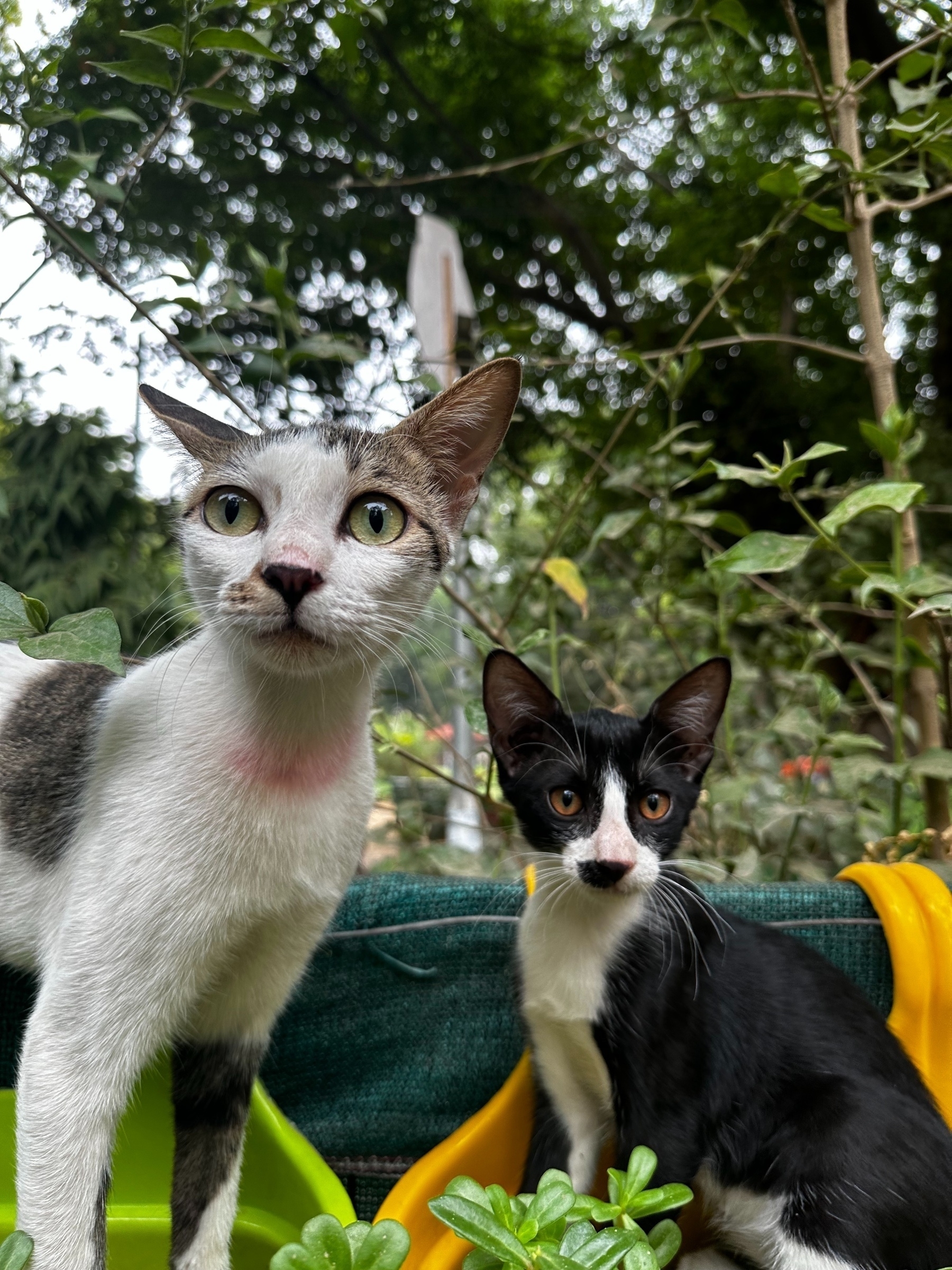
Someone is amused that my coffee came before her cake!

Apart from our own elections here, the other election that has intrigued me is that of Mexico. Claudia Sheinbaum is the new president elect. I am looking forward to what a leftist, feminist, climate scientist can do with an unprecedented public support. #mexicoEłections
A quick trip to Kathmandu after a decade! Although did not get to do anything beyond the back to back meetings but did manage to go to Pashupatinath temple! The place has changed quite a lot after the earthquake.

European Carbon Market – It Works!
Carbon markets, often used to describe the trade of carbon credits (mostly trade of voluntary carbon credits), is one of the least understood mechanisms and a polarising topic among climate activists. But Carbon markets are much more than just trade of carbon credit that you might have heard from someone talking about making money by planting trees or selling credits from a biogas plants or from an ‘improved cookstove’ projects. Carbon market is one of the most effective way of implementing result based financing or pricing the carbon (in other words: making polluters pay).
While the debate on carbon market and its different implementation frameworks is still on, the European carbon market and carbon pricing mechanism does provide evidence that mechanism works if implemented properly.
Read more here.. https://www.economist.com/europe/2024/04/25/carbon-emissions-are-dropping-fast-in-europe

